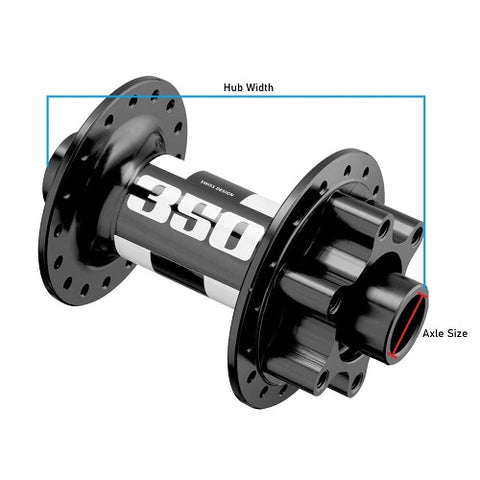Collection: MTB Forks
Answer 6 questions to find the perfect Forks for your bike!
MTB wheels are named by their diameter in inches (26", 27.5", 29"). "Plus" Forks (27.5"+ & 29"+) can fit wider tyres, up to 3".
Listed as 'Axle size' x 'Hub Width'. New forks may not fit with old hubs, but you can purchase a new front wheel & fork together. Measure the diameter of the hub's axle hole & the width of the hub shell.

×


This is the diameter of the top of the fork that goes through the frame & headsets. Most MTBs use tapered forks 1.5" diameter at the bottom and 1.1/8" at the top. Downhill, some Dirt Jump, & older bikes use straight 1.1/8" steerers. Some older Giants use 1.5" & 1.25" tapered and some ebikes use 1.8" & 1.1/8" tapered steerers.
We recommend staying within +/-10mm of your current fork travel unless the bike manufacturer has authorised it. Some forks can easily have their travel changed but others require purchasing a different length air spring.
A shorter offset fork makes steering more responsive on a bike with a slack head tube angle (HTA). A longer offset fork may be beneficial for bikes with a steeper HTA (like XC bikes). Learn more about MTB geometry here.
Some fork manufacturers have confirmed models that are optimised for EMTB use. Other forks (especially "Enduro" forks) are capable of handling the forces of EMTB riding, but may not be advertised as such. If you don't need an EMTB certified fork, skip this question.
Shop MTB Forks
Upgrade your suspension fork to the latest model or switch between brands or spring type to give your bike a different character. Choose air for pop and ultimate tunability, or go for coil for traction and a consistently plush feeling.
